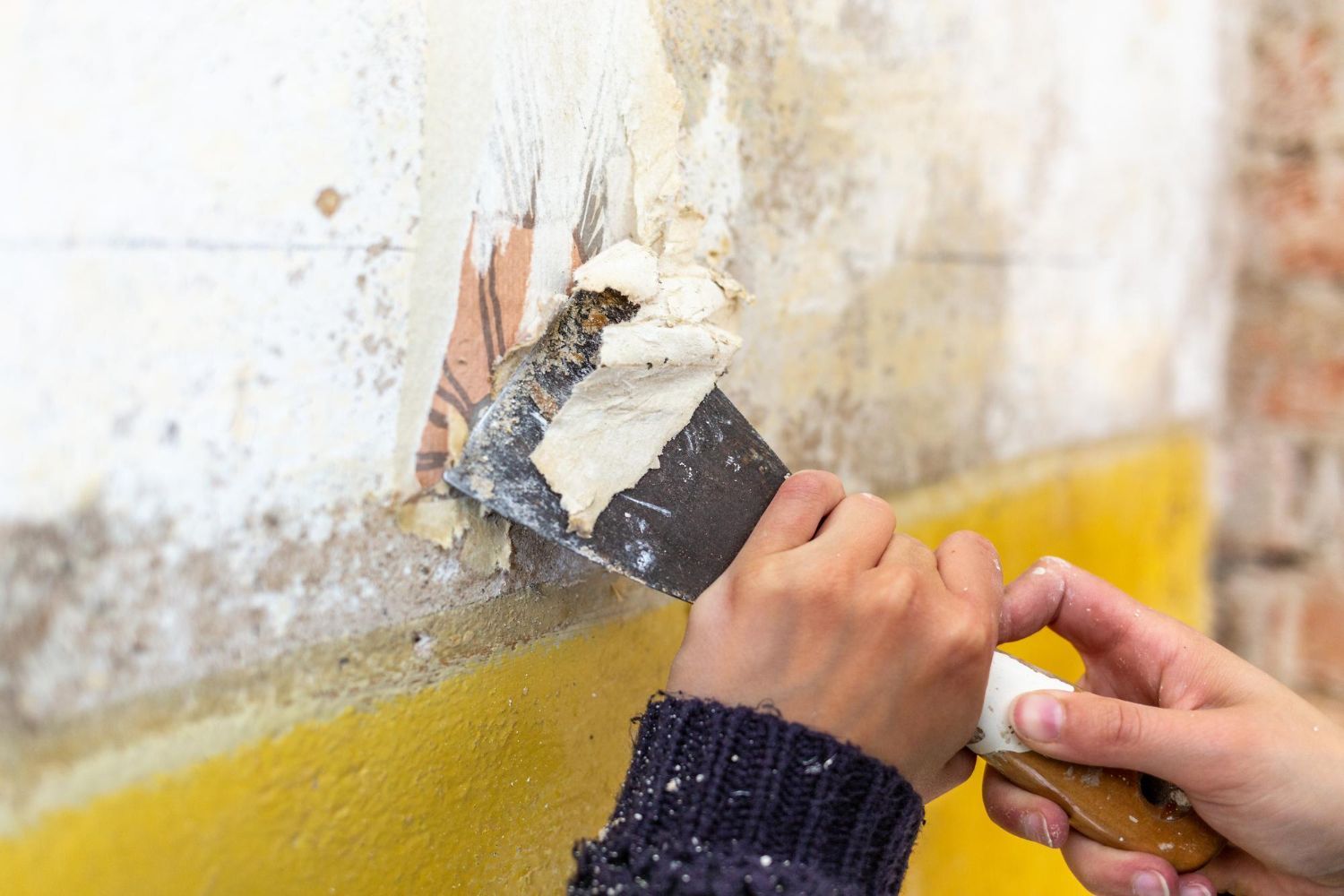Call Now!
866-970-5854
Lead Abatement
Cincinnati, OH

Call Us For a FREE Estimate!
What Is Lead Abatement?
Lead abatement is a regulated process designed to eliminate lead hazards to protect the health of occupants—particularly children and pregnant women, who are most vulnerable to lead poisoning. It's more than just a quick fix or repainting—it’s a long-term solution that must be carried out by certified lead abatement professionals.
Lead Abatement Methods Include:
Paint Removal:
Completely removing lead-based paint from surfaces using safe and approved methods.
Enclosure:
Covering the lead-painted surface with a solid barrier, such as drywall or paneling
Encapsulation:
Applying a special coating to seal the lead-based paint and prevent exposure.
Component Replacement:
Removing and replacing items like windows, doors, or trim that contain lead paint
When Is Lead Abatement Required?

- If lead hazards are identified during a lead inspection or risk assessment
- As part of a renovation or demolition project in buildings built before 1978
- In federally funded housing projects or when local regulations require it
- After a child has been diagnosed with elevated blood lead levels
Even low levels of lead exposure can be harmful, especially to children under 6.
Call Us For a FREE Estimate!
Steps to Lead Abatement
1. Inspection & Risk Assessment
- A certified lead inspector or risk assessor evaluates the property to determine the presence and location of lead-based paint hazards.
- The assessment identifies which areas pose a risk and need abatement versus simple maintenance or repair.
2. Develop an Abatement Plan
- A detailed work plan is created outlining:
- Areas to be abated
- Abatement methods to be used
- Safety protocols and containment procedures
- This plan must often be submitted to and approved by local or state health/environmental departments.
3. Containment Setup
- The area is sealed off using plastic sheeting, warning signs, and barriers to prevent lead dust and debris from spreading.
- Workers wear
protective clothing and respirators
to stay safe during the process.
4. Abatement Methods
One or more of the following methods are used depending on the situation:
- Paint Removal: Physically removing lead-based paint from surfaces using chemical strippers, wet sanding, or heat guns (done under strict safety standards).
- Encapsulation: Applying a special liquid coating that seals lead paint in place.
- Enclosure: Installing a barrier, such as drywall or paneling, over lead-painted surfaces.
- Component Replacement:
Removing and replacing entire items like windows, doors, trim, or cabinets that are coated in lead paint.
5. Proper Waste Disposal
- All materials contaminated with lead (dust, paint chips, plastic sheeting, etc.) are collected and disposed of according to EPA and local hazardous waste regulations.
6. Post-Abatement Cleaning
- After abatement, the area is cleaned thoroughly using HEPA vacuums and wet-wipe methods to remove any remaining dust or particles.
7. Clearance Testing
- A third-party certified inspector conducts clearance testing to confirm that:
- Lead dust levels are below regulatory limits
- The area is safe for re-occupancy
- Only after passing this test is the area considered lead-safe.
Who Needs Lead Abatement?
- Homes, schools, and childcare centers built before 1978
- Properties where children have tested positive for lead poisoning
- Federally funded housing undergoing renovations
- Landlords and property managers complying with HUD or EPA rules

Serving Cincinnati, OH and Surrounding Areas

Mt Healthy
Sharonville
Blue Ash
Loveland
Milford
Hebron
Burlington
Union
Florence
Erlanger
Independence
Amelia
Call Us For a FREE Estimate!
